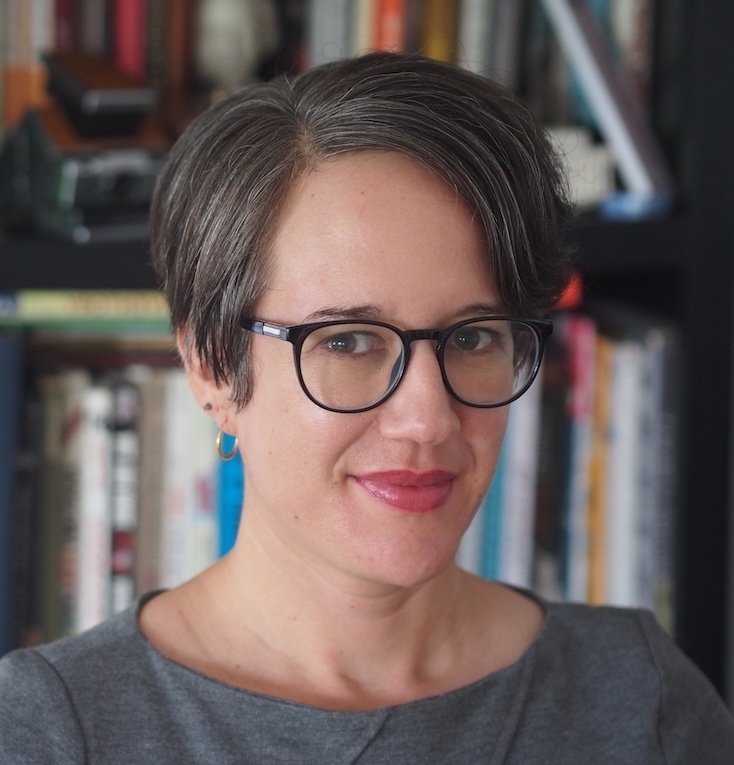Hi! I’m Linda, a writer, reader, bike commuter, and occasional baker who lives in Basel, Switzerland.
My writing has been published in Gravy/The Georgia Review and Atlas Obscura.
I’ve had photos featured in The Magazine, on National Geographic's food blog, The Plate, on Insider Louisville (RIP) and the Matador Network.
I currently write ReSwissed, a weekly newsletter examining Swiss culture beyond cheese, chocolate, watches, and money, from the point of view of a Swiss-American who spent most her of life as an American-Swiss in the United States.
You can reach me at ljgolden at gmail dot com.
WRITING
Past work includes:
“Purple Patch: My Home Away From Home,” Gravy, no. 83 (Spring 2022): 32-39. Co-published in The Georgia Review 76, no. 1 (Spring 2022): 236-242.
“The Smallest Museum in Switzerland Is a Window in a 600-Year-Old House,” Atlas Obscura
"Won't You Be My Neighbor?" The Center for Media & Social Impact
“First Person Dispatch: Why I wake up early on Saturdays,” Matador Network
“Photo Finish: Photojournalists’ Hall of Fame Caps Careers,” St. Louis Journalism Review
